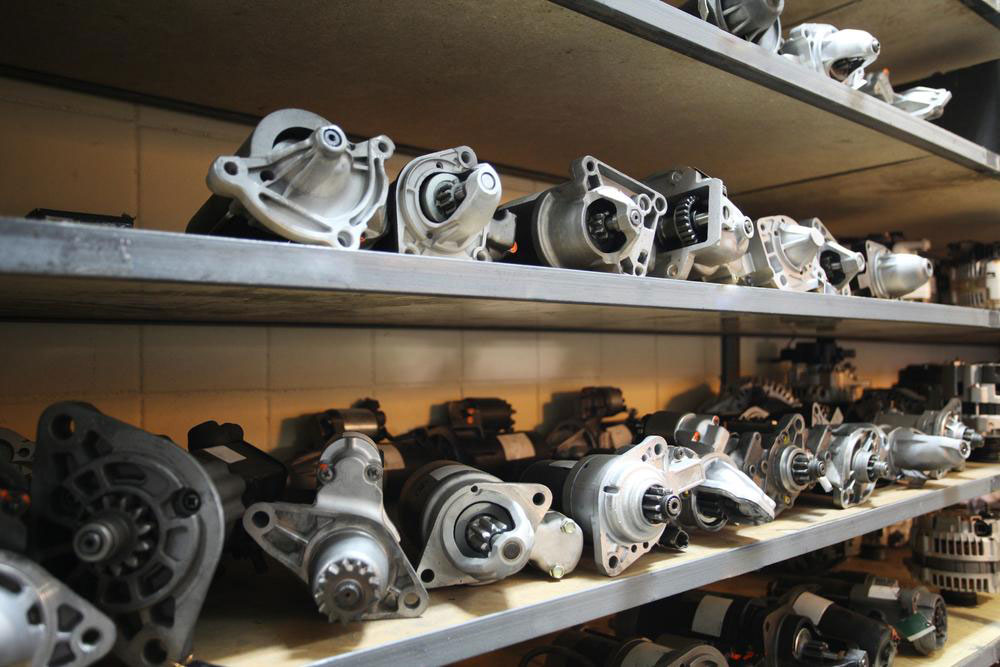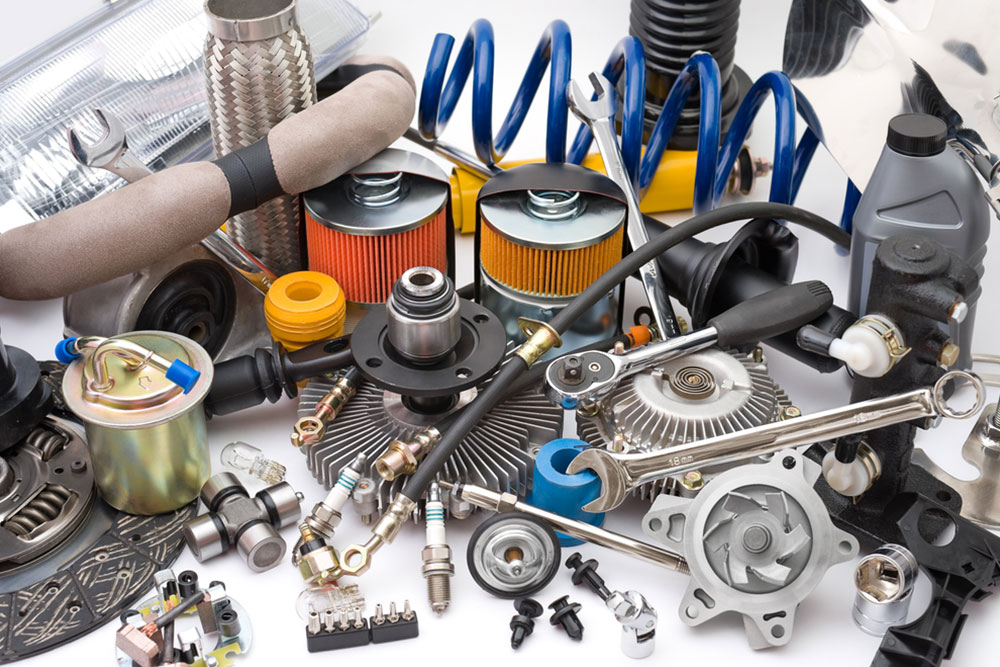Complete Overview of Auto Replacement Parts: Essential Knowledge for Car Owners and Industry Professionals
This comprehensive guide explores the auto replacement parts industry, covering manufacturing processes, market trends, classifications, and distribution channels. It highlights the industry’s history, challenges from economic downturns like 2008, and technological advancements. Readers gain insights into OEM vs. aftermarket parts, supply chain structures, and buying options, including online platforms. This detailed overview assists vehicle owners, industry professionals, and investors in understanding the vital role of auto replacement components in vehicle maintenance, repair, and customization, shaping the future of automotive care.

Complete Overview of Auto Replacement Parts: Essential Knowledge for Car Owners and Industry Professionals
The automotive parts manufacturing industry is a cornerstone of the global economy, supporting millions of jobs and countless technological innovations. Among its many segments, the production and distribution of auto replacement parts play a critical role in vehicle maintenance, repair, and customization. Understanding the complexities of this industry—from manufacturing processes to market dynamics—is crucial for car owners, mechanics, industry experts, and investors alike.
Car ownership involves not only enjoying the driving experience but also maintaining the vehicle’s performance and safety over its lifespan. Replacement auto parts are vital to this process, ensuring that vehicles remain reliable, efficient, and safe. These components are not only used to repair broken or worn-out parts but also enable enhancements such as improved performance, comfort, and safety features. The demand for these parts is closely linked to vehicle sales, age, and technological advancements within the automotive industry.
The auto parts manufacturing sector is a significant contributor to the economy, with its reach extending across manufacturing, logistics, retail, and service industries. Recent trends and historical data provide a detailed picture of the industry's landscape, challenges, and opportunities.
Historically, the production of replacement parts has been influenced by broader economic conditions. For instance, the 2008 financial crisis marked a turning point, leading to a sharp decline in vehicle sales and a subsequent contraction in the industry. Major automakers such as Ford, General Motors, and Chrysler experienced significant financial strain during this period. Meanwhile, international automakers had already begun to capture larger market shares before the recession, positioning them advantageously when the industry faced downturns.
Supply chain disruptions, rising raw material costs, and fluctuating demand from consumers and automakers collectively impacted the industry during this period. In September 2008, raw material prices surged, but demand from automakers and consumers declined, forcing suppliers to adapt quickly. Industry experts advised automakers and parts manufacturers to operate at approximately 80% capacity to remain profitable during turbulent times. However, capacity utilization in 2009 plummeted to between 50% and 60%, reflecting the severity of the downturn.
Auto replacement parts are broadly classified into OEM (Original Equipment Manufacturer) components and aftermarket parts. OEM parts are produced by the same manufacturers that supply parts for new vehicle assembly. These parts are identical to those used in the original manufacturing process and are supplied through authorized dealer networks. The quality and specifications of OEM parts are tightly controlled, making them the preferred choice for repairs requiring original specifications.
OEM suppliers operate within a tiered system comprising three levels: Tier 1, Tier 2, and Tier 3. Tier 1 suppliers are directly contracted by automakers to produce finished parts ready for vehicle assembly. Tier 2 suppliers provide components or intermediate assemblies to Tier 1 suppliers, often specializing in specific parts such as electronics, interior panels, or chassis elements. Tier 3 suppliers produce raw materials or basic components like metals, plastics, or electronic components that serve as the foundation for Tier 2 and Tier 1 production. Some Tier 3 suppliers may also sell directly to vehicle manufacturers or aftermarket distributors, depending on the product and market conditions.
Production of OEM replacement parts accounts for approximately 65-75% of the total auto parts industry, reflecting strong automaker demand as well as the essential role of original parts in vehicle maintenance and repair tasks.
Beyond OEM components, the aftermarket segment offers a broad array of parts designed for replacement, repair, or enhancement. These include both remanufactured parts—restored to original specifications—and new replacement parts manufactured specifically for servicing vehicles with worn or damaged original parts. The aftermarket also encompasses accessories that allow consumers to personalize and upgrade their vehicles. These accessories include performance upgrades such as high-performance exhaust systems, suspension kits, or aftermarket wheels, as well as comfort and convenience features like custom seat covers, advanced infotainment systems, or safety enhancements such as upgraded lighting kits.
Typically, replacement parts are categorized based on their intended use: original replacement parts, which replicate the original components, and performance or aftermarket parts, which may offer improved features or different specifications. This distinction is significant for consumers seeking durability, performance enhancements, or cost-effective repairs.
Consumers today have an extensive array of purchasing channels for auto replacement parts. Traditional brick-and-mortar stores have long served as primary sources, providing immediate access to a wide variety of parts. In recent years, online retail platforms have emerged as dominant players, offering unparalleled convenience and competitive pricing. Major online marketplaces such as Amazon and eBay Motors have revolutionized the aftermarket sales landscape, providing consumers with access to an extensive catalog of auto parts from multiple suppliers worldwide. In 2018 alone, the online aftermarket sales reached an estimated $10 billion, excluding used parts and auction sales. The growth of online sales channels has been driven by factors such as digitalization, the rise of e-commerce, and improvements in logistics and supply chain management.
In addition to large online platforms, specialized auto parts websites, manufacturer-direct online stores, and local auto repair shops with online ordering capabilities have further expanded consumer options. This diversity in purchasing channels not only enhances consumer choice but also fosters competitive pricing, better product information, and greater accessibility for all vehicle owners.
As technology advances, the auto parts industry continues to evolve, incorporating innovations such as digital inventory management, 3D printing for rapid prototyping, and predictive analytics for inventory forecasting. These technological developments promise to streamline supply chains, improve product quality, and reduce costs, ultimately benefiting consumers and industry stakeholders alike.
Overall, the auto replacement parts industry is a vital component of automotive maintenance and the broader economy. Its resilience amidst economic fluctuations, ongoing innovation, and expanding digital distribution channels suggest a promising future. Whether for routine repairs, performance upgrades, or vehicle customization, understanding this industry helps consumers and professionals make informed decisions and stay ahead in a rapidly changing landscape.





